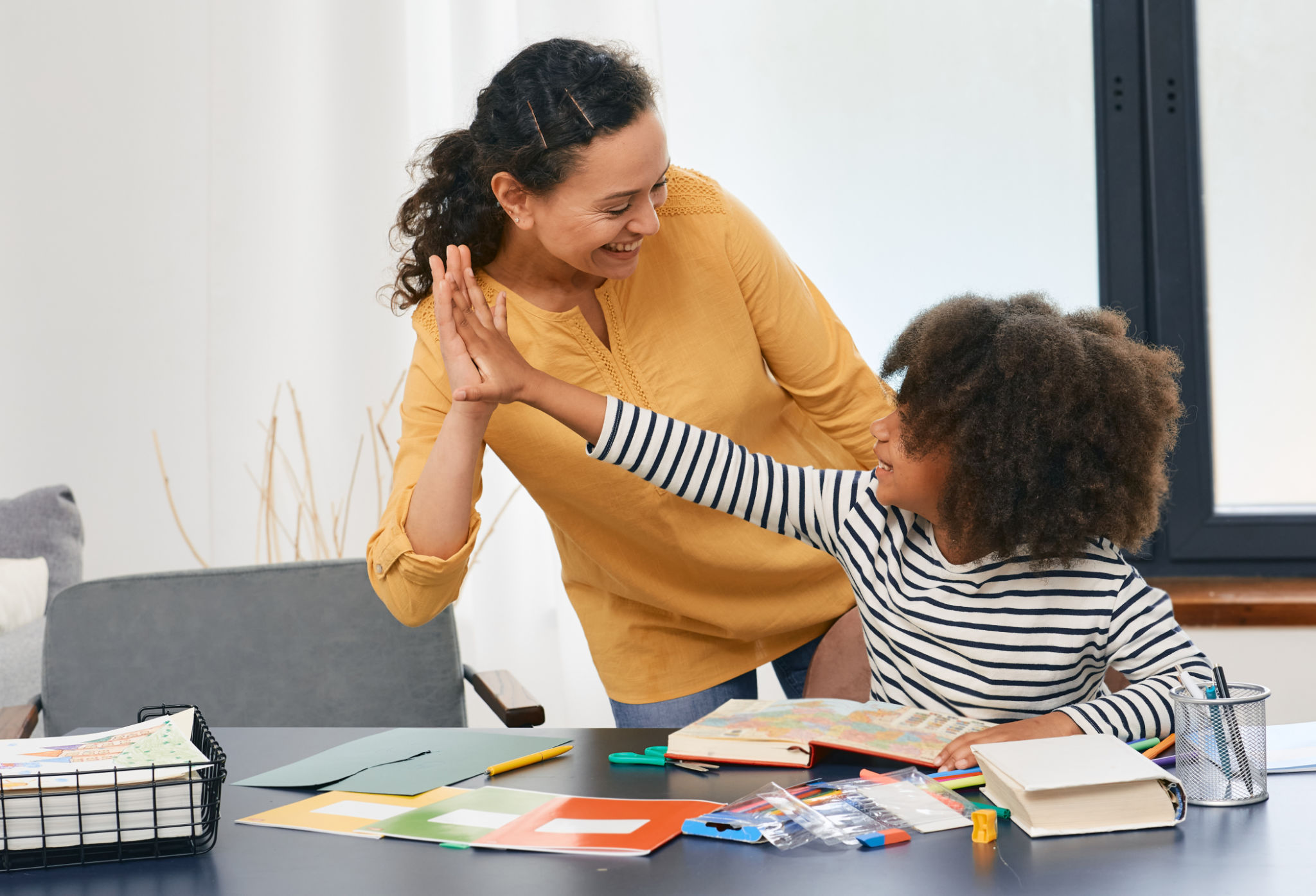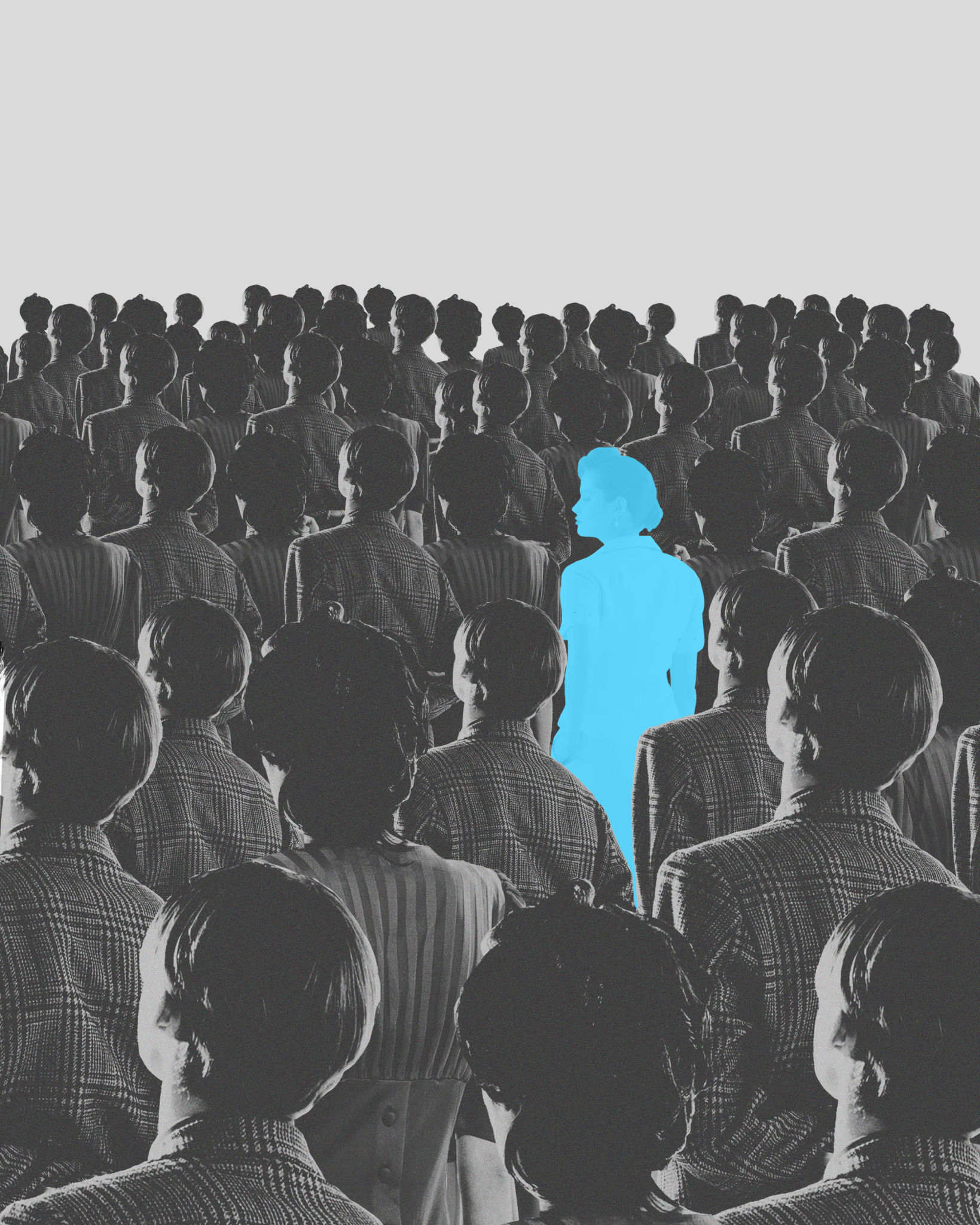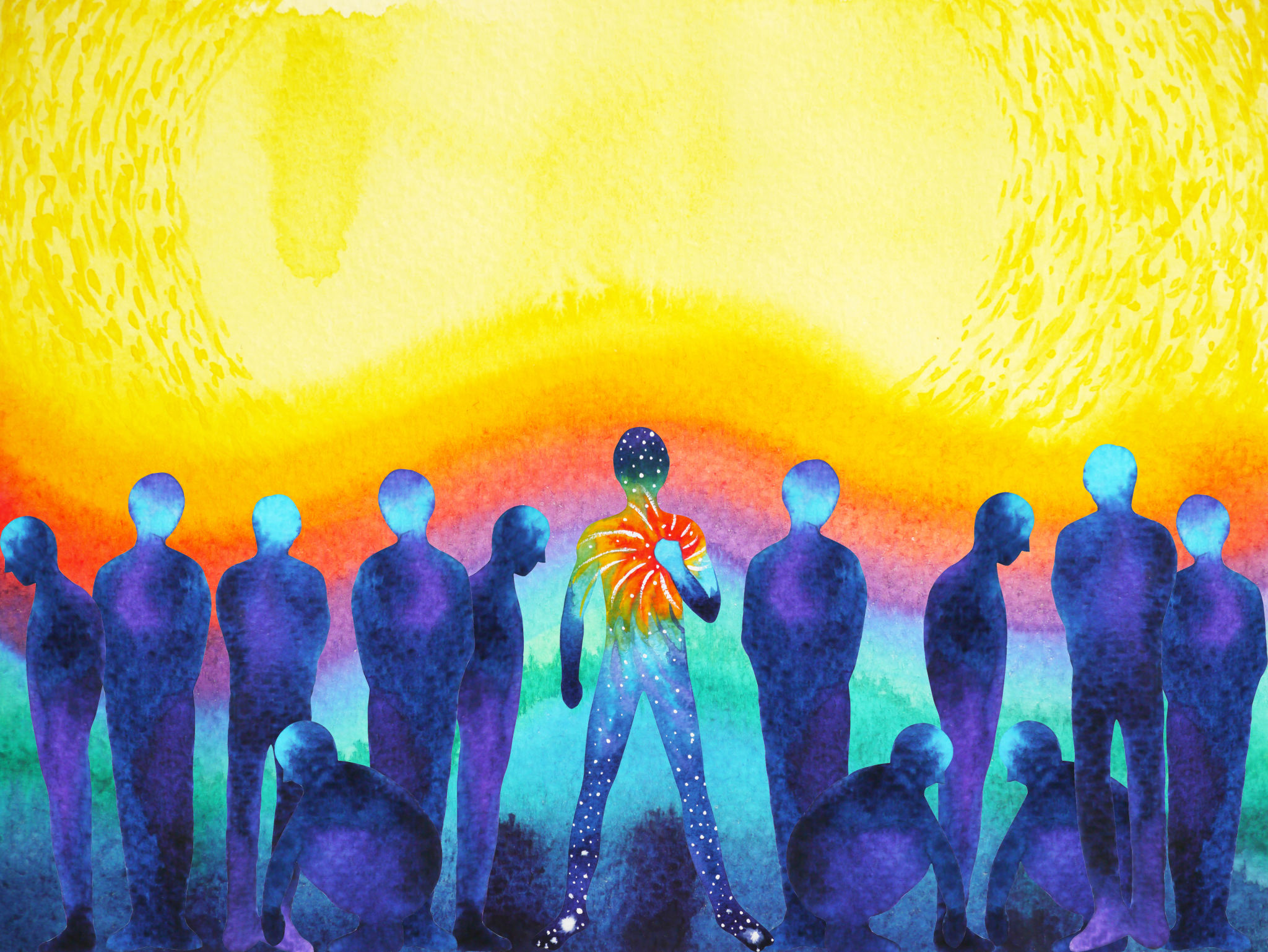How Art Therapy Programs Transform Lives of Disadvantaged Groups
Understanding Art Therapy
Art therapy is a unique form of psychotherapy that encourages individuals to express themselves through creative processes. It involves using various art materials and techniques to help people explore emotions, develop self-awareness, and cope with stress. For disadvantaged groups, art therapy offers a non-verbal and transformative way to communicate their experiences and emotions.
Rooted in the idea that creative expression can foster healing and mental well-being, art therapy programs have gained significant traction in recent years. They offer an alternative means of communication for those who may struggle to articulate their thoughts and feelings through conventional methods.

The Impact on Mental Health
The mental health benefits of art therapy for disadvantaged groups are profound. Many individuals who face economic hardships, social isolation, or trauma often experience higher levels of stress and anxiety. Art therapy provides a safe space for these individuals to process their emotions and alleviate psychological burdens.
Studies have shown that engaging in artistic activities can reduce symptoms of depression and anxiety. By focusing on the creative process, participants often find a sense of accomplishment and increased self-esteem, which are crucial for mental health improvement.

Empowering Individuals Through Creativity
Art therapy programs empower individuals by encouraging self-expression and personal growth. For many disadvantaged groups, expressing emotions can be challenging due to cultural or societal barriers. Art becomes a powerful medium through which they can convey their stories and experiences without judgment.
These programs also focus on developing new skills that can be applied beyond therapy sessions. Participants often gain confidence in their abilities, which can translate into other areas of their lives, such as education or employment opportunities.

Building Community Connections
In addition to individual benefits, art therapy programs often foster a sense of community among participants. Group sessions encourage collaboration and peer support, which can combat feelings of loneliness and isolation. Engaging with others who share similar experiences can create a supportive network that extends beyond the therapy sessions.
Moreover, community art projects can enhance social cohesion by bringing diverse groups together to work towards a common goal. Such initiatives can break down barriers and build mutual understanding among different community members.
A Pathway to Healing
Art therapy is not just about creating art; it is about healing and transformation. For many disadvantaged individuals, it offers a pathway to overcoming trauma and rebuilding their lives. The creative process allows them to reframe their experiences and envision a more positive future.
As these programs continue to expand, they hold the potential to transform countless lives by providing hope and empowerment to those who need it most. Art therapy stands as a testament to the healing power of creativity and its ability to foster profound change in individuals and communities alike.

